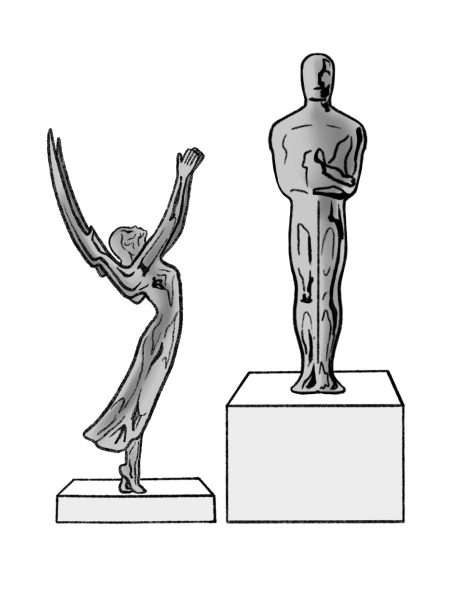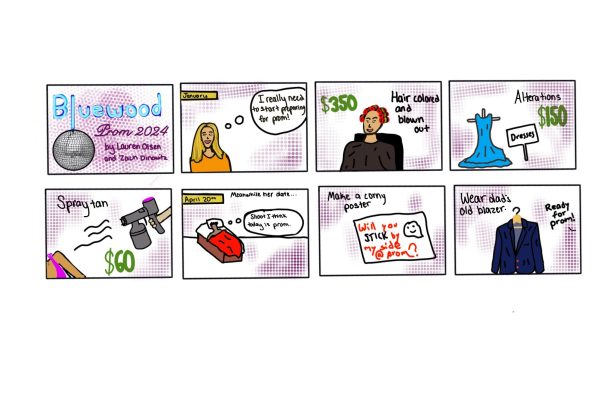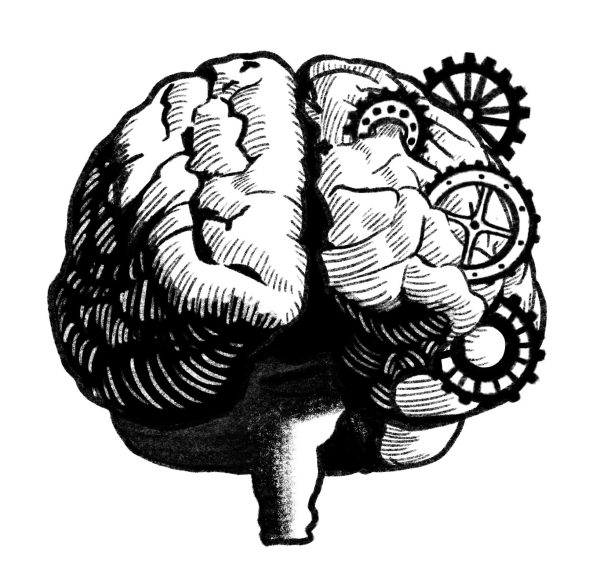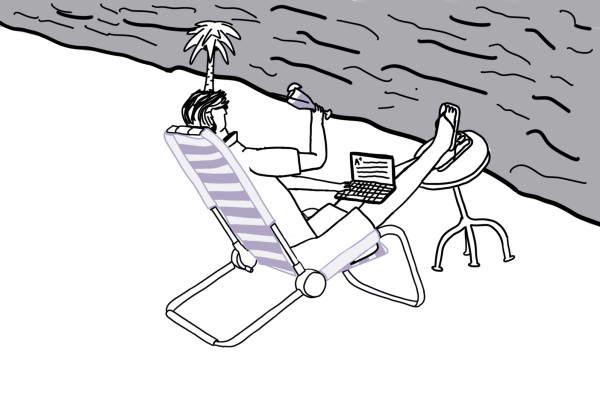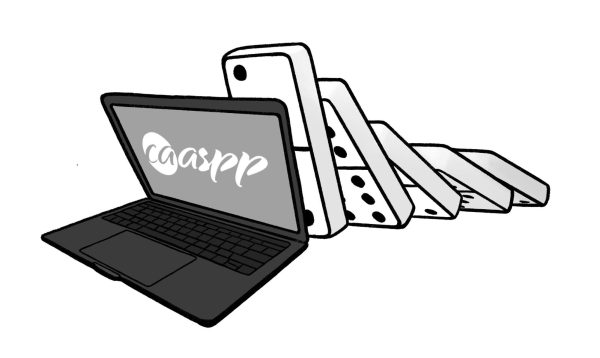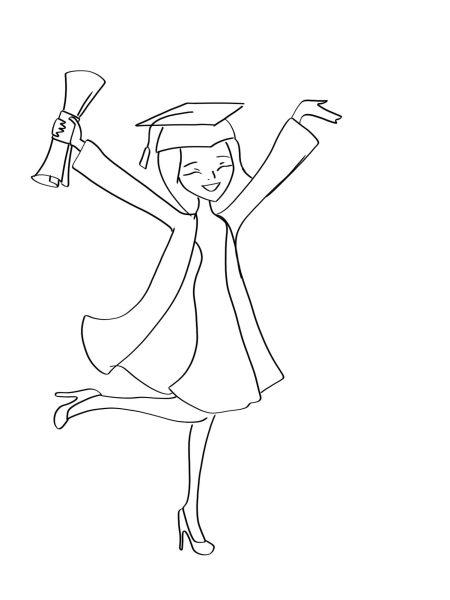Indoor dining is a recipe for disaster during COVID-19
December 17, 2020
In early October, Marin County entered the orange tier, which indicates the risk of spreading COVID-19 as moderate. Many businesses were allowed to reopen their doors to more customers — however, due to a surge in cases, Marin has been reinstated to the purple tier, meaning commercial activities like indoor dining are now prohibited. For many people, the termination of eating inside is difficult, not only because of the colder temperatures, but also because of the economic consequences. Nonetheless, because restaurants are hot-spots that are more likely to spread the virus and pose a threat to the community, they should remain closed until there is a vaccine.
When Marin first entered the orange tier, restaurants were allowed to reopen to 50 percent capacity. However, cases have risen to an average of 20 per day in Marin — a significant increase from the nine cases per day Marin averaged from Oct. 15 to Nov. 4. According to Dr. Matt Willis, Marin’s public health officer, an increase in indoor gatherings, particularly from people dining indoors, were attributed to the looser restrictions from when we were still in the orange tier. Although the urge to eat inside during the winter season is strong, enjoying the “luxurious” heat inside a restaurant is not feasible in the long run. According to Anne Liu, an infectious disease specialist at Stanford Health Care, dining inside is among the more unsafe activities during the pandemic.
“Several risk factors are coming together with indoor dining: being indoors, prolonged conversations and frequent mask removal. Until someone invents a mask that you can eat in, while still capturing respiratory droplets, that risk remains,” Liu said.
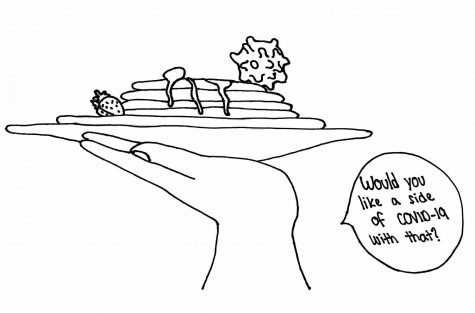
In addition to this inherent danger of indoor dining, poor air ventilation heightens that risk — especially when no windows are open. At a restaurant in Guangzhou, China, ten people were infected with COVID-19 after eating inside due to the substandard air ventilation. According to the Centers for Disease Control and Prevention (CDC), one person dining inside with the virus infected five others sitting at neighboring tables, in addition to infecting five eating at their own table. Although distancing tables to the recommended six feet apart reduces some risk, the implicit dangers that come with a lack of mask-wearing and contact with people outside your bubble are already hazardous enough. Is it really worth spreading the virus and threatening the chances of moving to a lower tier to reopen indoor dining when takeout or outdoor dining is still available?
A study conducted by Stanford and Northwestern Universities confirmed that reopening restaurants posed the greatest risk of spreading COVID-19: the study used anonymized phone data to map the movements of people in 10 of the largest U.S. metropolitan areas from March 1 to May 2, and it ultimately found that capping occupancy would be an effective way to reduce infection rates. For example, they found that if Chicago restaurants were to reopen at 20 percent capacity, compared to full occupancy, COVID-19 infections would be reduced by more than 80 percent.
However, if businesses and restaurants were to close indoor options permanently, there would be serious economic repercussions. Since the pandemic began in March, 4,500 businesses in Marin closed temporarily, and 3,800 shut down permanently, according to the Marin IJ. Because reopening has helped create more jobs since the start of the recession, taking away those jobs would only worsen the economic downturn. COVID-19 cases have now reached an all-time high at 11.8 million in the United States, leading Mark Zandi, chief economist of Moody’s Analytics, to believe that there is a high risk of the economy backtracking, according to an interview with CNBC.
While the possibility of another economic downturn could be partially attributed to businesses closing, the real issue lies in the lack of government-mandated stimulus. After the first round of checks expired in August, the negotiations between Democrats and Republicans in Congress have led to no new stimulus bill. According to Harvard University economist Raj Chetty, because consumer spending has decreased since the pandemic started, closing previously reopened businesses would not be the main issue: until there is a vaccine to stimulate consumer spending, unemployment benefits need to be extended and assistance needs to be provided to low-income workers. Thus, the issue of stimulus should be the main focus for the economy in order for it to stay on its feet.
If Marin wants to move to a lower tier, businesses that include indoor options, particularly dining, must remain closed. Economic stability ultimately relies on stimulus issued by the government, and there are still ways to support local businesses through takeout and outdoor dining. With cases surging, it is vital to protect the community by not taking the rewards over the very real and detrimental risks of indoor dining.











